
3 New Major Design Details Mahindra XUV 3XO Will Pack Over...
- Apr 12, 2024
- Views : 9864

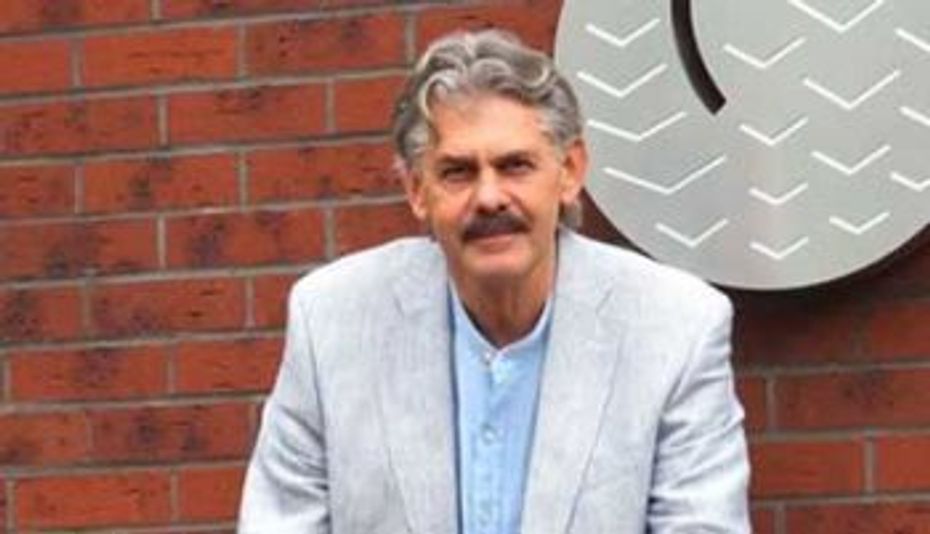
There is a saying in the automotive world that form follows function. In its early days, you had two sets of people who blended the form and the function within the manufacturing halls of this great industry but then every rule also has its own exceptions. Ferdinand Porsche and Ettore Bugatti are two names which come to mind, thriving very well as both the engineer and the designer, not just with road going cars but also with cars which burned rubber in anger on the race circuits of the world.
It was therefore a must-meet scenario which manifested itself when the Cartier Travel with Style concours was announced. Among the eclectic panel of judges was the modern day counterpart of Porsche and Bugatti ? Gordon Murray. I had met Gordon before, most notably taking in the MotoGP action at the Ricardo Tormo circuit at Valencia in Spain last year where knowing his views on the latest engineering and style trends on two-wheels was like a breath of fresh air. But you might be intrigued as to why I speak about Gordon Murray in the same breath as say Porsche and Bugatti and it is not without reason.
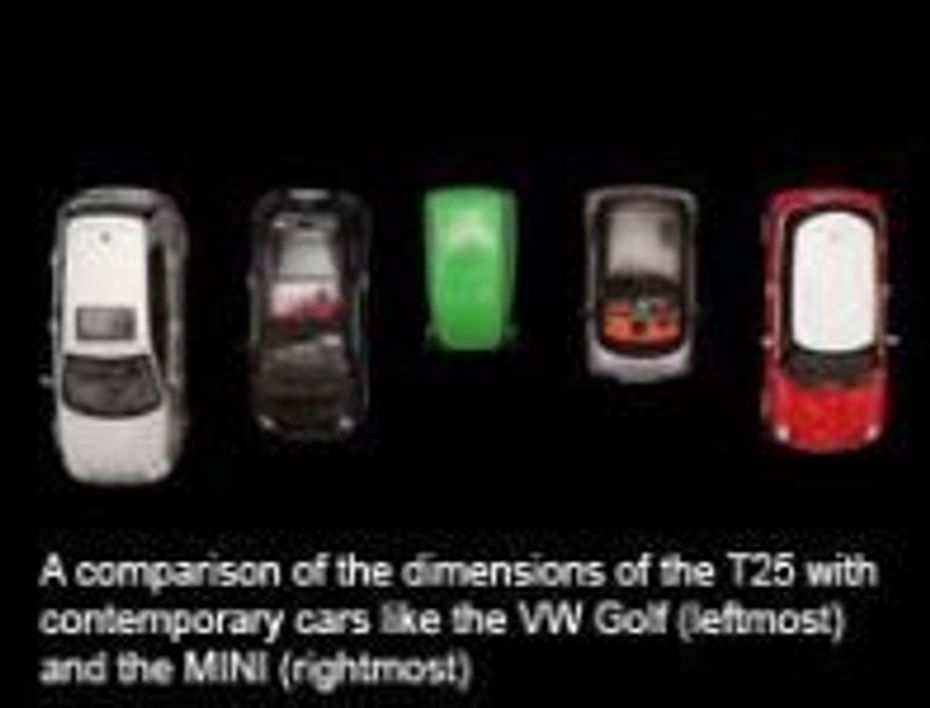 He is the man who like Porsche and Bugatti came from a motor racing background. The Murray-designed, engineered and managed Brabham BT44 and BT52 F1 cars were trend setters, winning innumerable F1 Grands Prix in the hands of such great drivers like Niki Lauda and Nelson Piquet. He moved on to overseeing the McLaren-Hondas for three seasons but from there on anyone would have excused Gordon Murray his departure from the F1 scene for he had been at it for the better part of two decades.
He is the man who like Porsche and Bugatti came from a motor racing background. The Murray-designed, engineered and managed Brabham BT44 and BT52 F1 cars were trend setters, winning innumerable F1 Grands Prix in the hands of such great drivers like Niki Lauda and Nelson Piquet. He moved on to overseeing the McLaren-Hondas for three seasons but from there on anyone would have excused Gordon Murray his departure from the F1 scene for he had been at it for the better part of two decades.From motor racing he shifted track to making two evocative automobiles ? one of which every one knows as probably the most effective and sublime of sports cars ever in the world - the McLaren F1 powered by a specially developed BMW V12 engine. This was the three-seater sports car with the central driving position, built exclusively for road use but which was so good that it also went racing and won the Le Mans 24 Hours in the process! The F1 and its GTR variant are the stuff of legend and clearly highlighted the manner in which Murray was able to rewrite the book on sports car design and manufacturing.
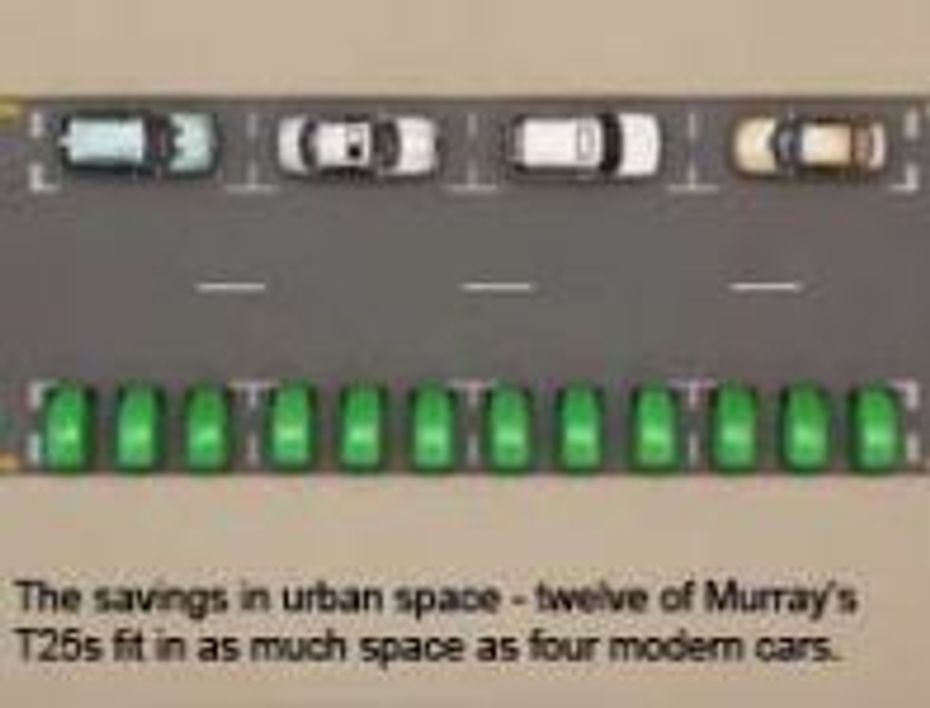 From the top end of the sports car scale to the fun end of the same segment had seen Gordon Murray make his mark even before the McLaren F1. This was thanks to the Rocket, a tandem two-seater powered by a Yamaha four-cylinder superbike engine driving the rear wheels. It was not its aircraft-like seating position or its retro-1950s' Grand Prix style look but its sheer effective design and also its light weight - just 370kg which made it so special. What was then a mantra espoused by the late great Colin Chapman of Lotus, to enable spirited performance and dynamics using as small a powerplant as possible, Gordon Murray who started out idolizing Chapman, did enough to come close to the great Lotus boss. A modern-day Rocket II seems to be crystallizing in his mind but what would be the greatest car Gordon Murray ever did is just right now being put together in his firm's closely guarded facility in the UK . This car, going by the project code number T25, is supposed to rewrite the rules of not just car design and packaging but also turn the manufacturing process on its head!
From the top end of the sports car scale to the fun end of the same segment had seen Gordon Murray make his mark even before the McLaren F1. This was thanks to the Rocket, a tandem two-seater powered by a Yamaha four-cylinder superbike engine driving the rear wheels. It was not its aircraft-like seating position or its retro-1950s' Grand Prix style look but its sheer effective design and also its light weight - just 370kg which made it so special. What was then a mantra espoused by the late great Colin Chapman of Lotus, to enable spirited performance and dynamics using as small a powerplant as possible, Gordon Murray who started out idolizing Chapman, did enough to come close to the great Lotus boss. A modern-day Rocket II seems to be crystallizing in his mind but what would be the greatest car Gordon Murray ever did is just right now being put together in his firm's closely guarded facility in the UK . This car, going by the project code number T25, is supposed to rewrite the rules of not just car design and packaging but also turn the manufacturing process on its head!
And of course it couldn't have come at a better time than the present, what with a downturn in the financial markets, large cars and SUVs seem to be on the unwanted lists and being chic and sociable means driving around in a small car. Having had a complete free hand in doing the McLaren F1, Murray is now doing the T25 for himself in much the same way. He has gone beyond the style or the conventional means to conjure up a small city car which at 2.4 metres long is amazingly shorter than even Toyota 's brilliant iQ. And when you zero in on the fact that the T25 would seat four rather than the three in the iQ you get to realize who has been thinking radical yet pragmatic at the same time.
Just like Ratan Tata's team thought out of the box for the Nano, Gordon Murray has done similarly but has gone even more radical by rethinking the concept of manufacturing. Where the Nano employs an all-monocoque construction, the T25 uses a body-on-chassis approach. Makes you think "what the heck, hadn't this line of thought been junked / discarded by the automotive industry ages ago?" But then as Murray himself states, it is his firm's "back to the future" maxim which is recreating the entire process of car making. It is not just to make a cheap car but one which would deliver space, comfort and safety for four, be perky in performance yet have a most environmentally friendly carbon footprint. The design would be versatile in its essence so that a variety of body styles to suit different applications could be made on the same assembly line without much cost or effort.
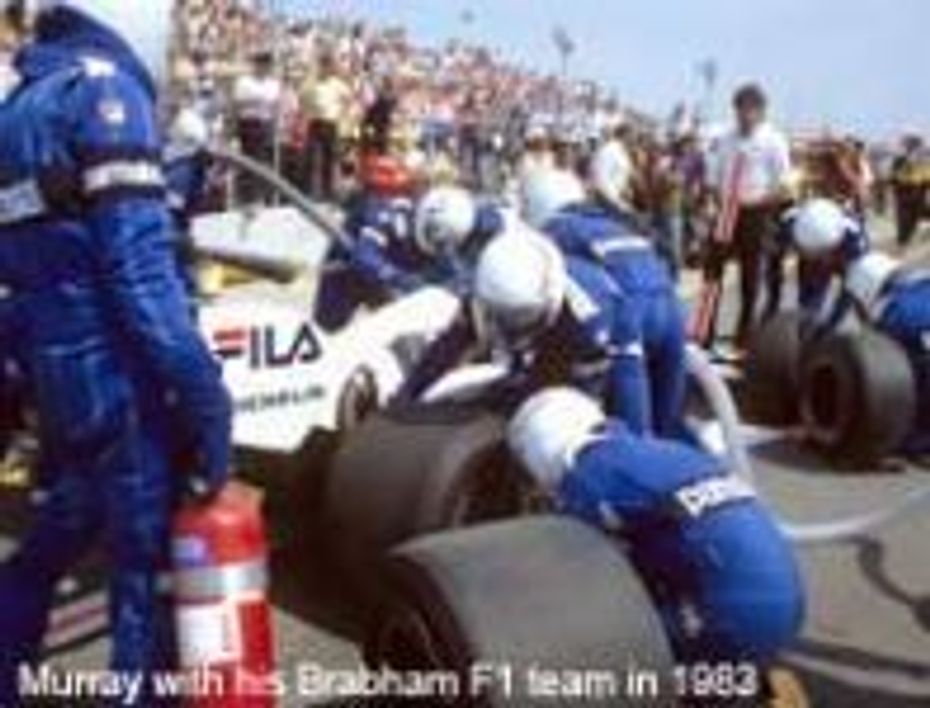
The body-on-chassis approach is not the only way that Gordon has tried to realize the benefits of low costs and light weight. Using his racecar engineering thought process, Murray has played around with different material all across the car so that the bits which need steel do have steel but where you need to keep the elements out there is lightweight yet functional material which does the job. Murray is aiming for a car which will meet the Euro NCAP crash tests with at least a 4-star rating, same as the Daimler Smart but crucially it would be able to offer seating for four adults, have decent performance and yet tip the scales dry at anything between 500 to 600 kilos. To put things into perspective a Maruti 800 has a kerb weight of 665kg but wouldn't even pass muster in a Euro NCAP test, no not just for comparison's sake but for the fact that it wasn't designed with modern legislation in mind. The rules of the small car game have moved away tremendously and more so in Europe where small is not just chic but practical and sensible as well.
Murray says that construction of the prototype is now well underway and that it will be powered by a 660cc three-cylinder engine driving the rear wheels. He says that he is a realist and is quite amused at the way people eschew new tech without enough research. He has his own views on electric cars and the energy needed to run them. Batteries make the cars much heavier than needed and they are both cumbersome and costly. Hydrogen is yet two to three decades away and the greatest challenge with this source is how to produce it efficiently and also how well one could package it for everyday use. Petrol and diesel are yet the most sensible fuels and if done right they could yet make for even more efficient automotive application.
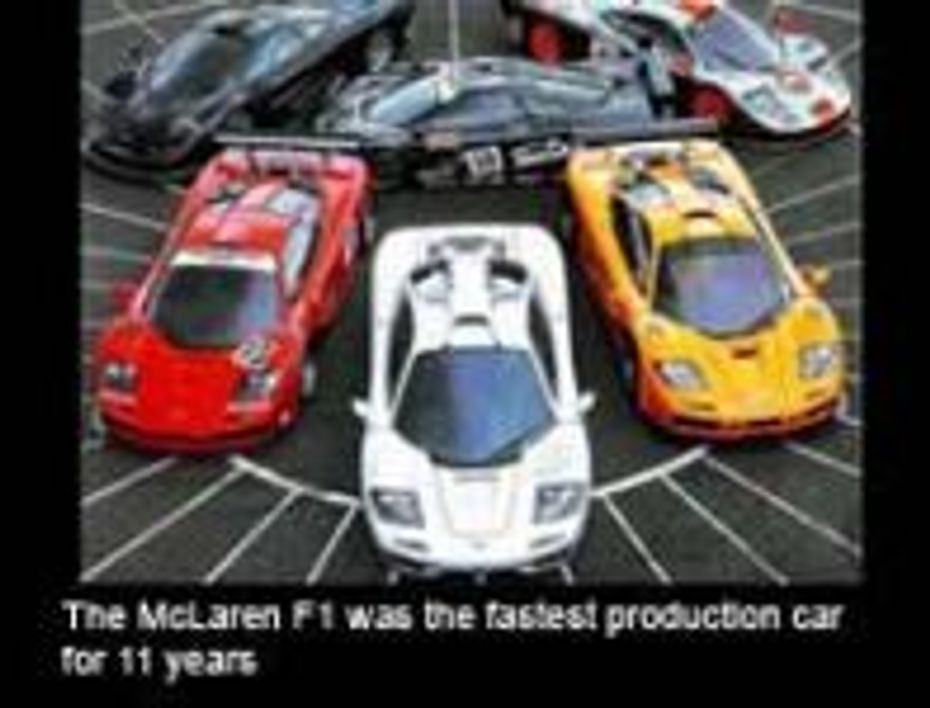 One of Murray 's backers is the Swaraj Paul-owned Caparo Group. Angad Paul is on the board of directors' at Gordon Murray Design and in fact Murray has helped Caparo Technologies with its fantastic T1 sportscar project. Given the close links between the two and also Caparo's capabilities, facilities and ambitions, the T25 is a project which could potentially be commercialized by the Caparo Group say for the Asian region. It is a thought well worth considering cause such a car could just be the answer to the motoring needs of Asian nations.
One of Murray 's backers is the Swaraj Paul-owned Caparo Group. Angad Paul is on the board of directors' at Gordon Murray Design and in fact Murray has helped Caparo Technologies with its fantastic T1 sportscar project. Given the close links between the two and also Caparo's capabilities, facilities and ambitions, the T25 is a project which could potentially be commercialized by the Caparo Group say for the Asian region. It is a thought well worth considering cause such a car could just be the answer to the motoring needs of Asian nations.

3 New Major Design Details Mahindra XUV 3XO Will Pack Over...

Tata Curvv: A Much Clearer Look At Its Interior Ahead Of Its Unveiling

Citroen Basalt vs Tata Curvv: Exterior Design Compared

10 New Features Expected In The Upcoming 2024 Mahindra XUV 3XO...

The Fronx Has Been Rebadged! Meet The Toyota Urban Cruiser Taisor,...

Here’s How Fuel Efficient The 2024 Maruti Suzuki Swift Sold In...

MG Hector And Hector Plus Blackstorm Edition Launched At Rs 21.25...

Mahindra XUV300 Facelift Teased, Gets A New Name

Citroen Basalt Vision, Its SUV Coupe For India, Revealed
India's largest automotive community